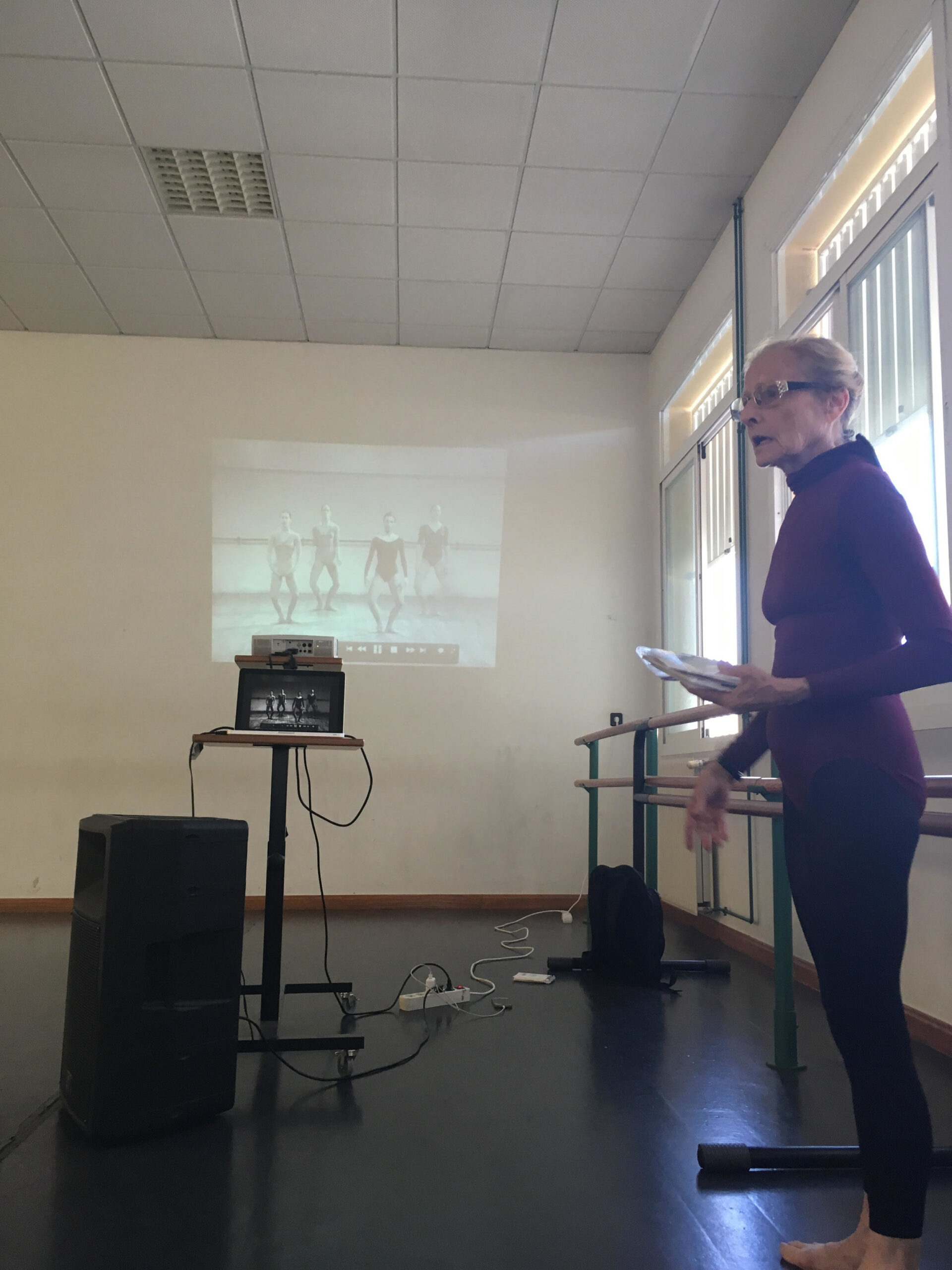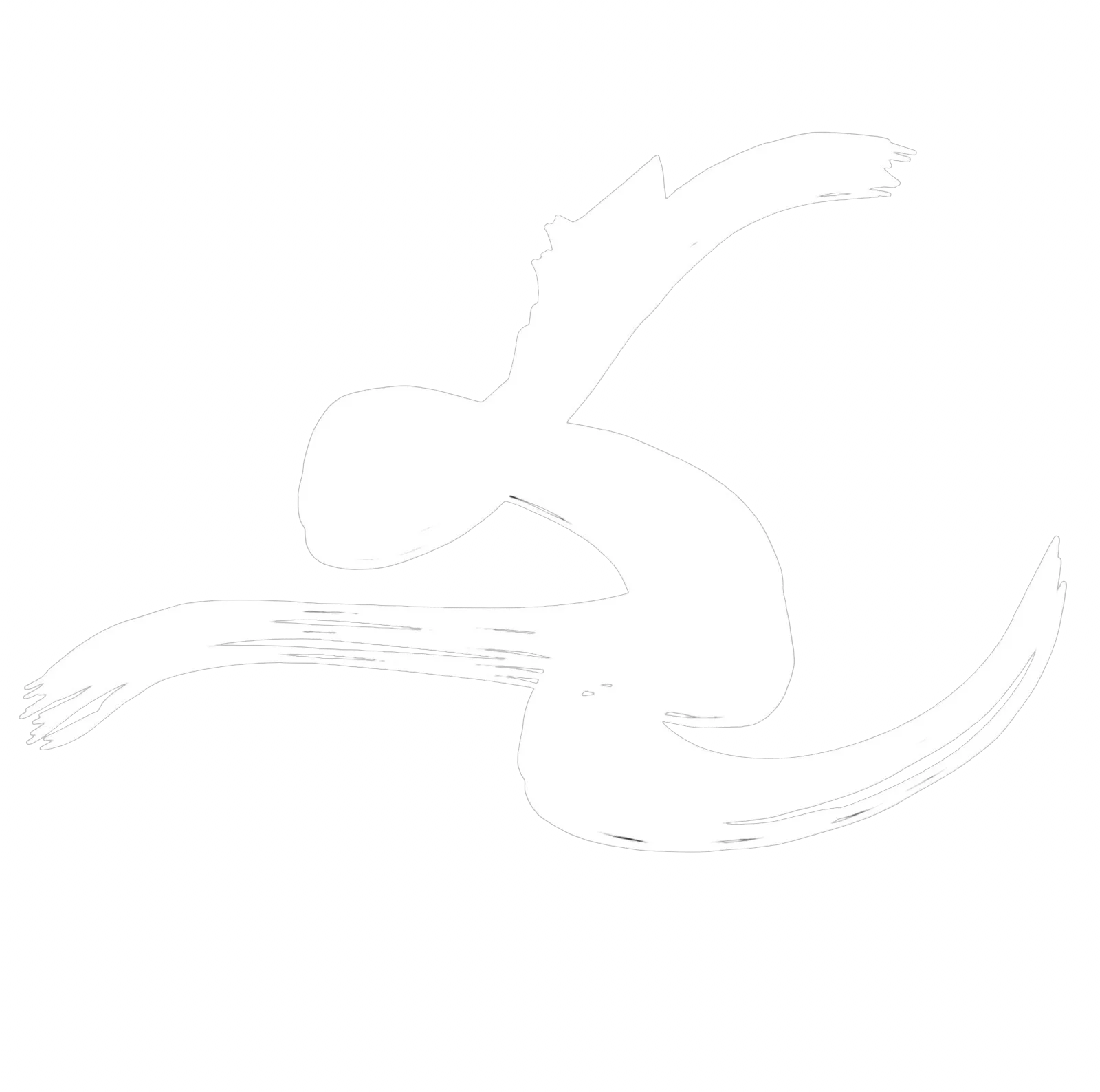🇪🇸 MARNIE THOMAS’ GRAHAM TEACHER WORKSHOP AT THE CONSERVATORIO SUPERIOR DE MALAGA


Marnie Thomas taught a one-week Graham Teacher Workshop in Spain. It’s the first initiative of its kind in Europe. Pedagogy Classes happened every morning from 9:00 to 12:00 and technique Master Classes from 13:00 to 14:30. This workshop has been organized by Carolina Márquez, in collaboration with the Conservatorio Superior de Danza de Málaga.
Why is Marnie Thomas one of a kind?
Marnie Thomas entered the Martha Graham Dance Company in 1958 when she was 20 years old. She performed the repertory and worked with Martha Graham on new pieces until 1968. Those 10 years were also the last ones seeing Martha Graham herself performing on stage with the dancers. Since 1968, Marnie Thomas stayed attached to Graham and taught the technique. That’s 60 years of Graham experience. She experienced the three faces of Martha Graham: the performer, the choreographer and the creator of a new dance technique.
Apart from her skills, knowledge and experience, Marnie Thomas also has an outstanding personality. She is a force of life: dynamic, fun, encouraging, full of life and generosity. She makes all students feel confident and has been a model for several generations now.
How does she remain so young and positive, one might wonder. Marnie seems to be the opposite of conservative. She trusts the future and helps shape it. Whether she dances in a cool music video, choreographed by her former student at the Martha Graham School Pia Vinson, or adapts her pedagogy and vision for the next generation of Graham teachers, she knows how to move forward and keep an open mind.

Marnie Thomas posing and performing the deep stretches exercice in a music video “U Know I Know,” by Samantha Urbani
What was the program of the week?
Marnie spent two days on the floor work because it is the most different from other techniques. So we spent Monday and Tuesday mornings breaking down floor work exercises, talking about how they were born, how they evolve and what purpose they have. On Wednesday morning, we detailed the center work and Thursday going across the floor. The last day we put what we learned into practice and built a class in small groups. We imagined exercises we could make students perform in order to prepare them for the final combination that Marnie gave us. We demonstrated the exercises per group and then discussed why we chose them and if they were good choices.
In a week, it’s impossible to cover the whole set of exercises and combinations that one can teach. Graham is so rich. Marnie focused on principles.
Focusing on Graham Technique principles
The two most famous Graham specificities – CONTRACTION and RELEASE – come from breathing. Whenever something feels wrong, one has to go back to that. Breathing. That’s how it all started and that’s what makes it human.
We studied the difference between OPPOSITIONAL PULLS and SPIRALS and between lyrical and percussive contractions.
Compared to the elevation of classical ballet, modern dance found itself to be grounded and did not approach gravity the same way. Graham makes you also work on the following three principles: SHIFT OF THE WEIGHT, FALLS and OFF BALANCES.
Beyond the physical training
Graham exercises are not just physical actions. They build what you want to say. Not with words. But with your physicality. Martha Graham created a technique to explore and speak about human expression. It’s a language, a movement vocabulary, born out of an inner life.
Focusing on Graham’s teaching principles
The fact that Graham can’t be reduced to gymnastics has to be reflected in the teaching process.
Martha Graham herself taught with images. With metaphors. Not counts. Even though you find a set of exercices today, the counts have changed over the courses of years, so have the different variations and exercices performed.
Martha Graham taught the action and the breath. Not positions and shapes. She valued the intention. She was interested in how dancers would move, where they were going and why.
Discovering Vintage Graham
The Graham technique kept evolving. Marnie saw it change from the 50’s until today. New exercises or variations appeared. Some exercises stop being performed. Marnie brings all the “vintage” technique back to life in order for us to understand better how it evolved and to give us some distance and more options.
For instance, imagine how surprised one Graham-trained dancer can be when learning that all curves of the back don’t have to be contractions. Back in the sixties, the three first exercices (bounces, breathings, opening of the legs) didn’t have any contractions. It was a simple ease while breathing out.
Marnie also explained that in the early Graham works, there were only oppositional pulls. The spirals as we know them nowadays (in the ‘turns around the back’ for instance) came after Graham had toured in the Far East and had been influenced by Classical Eastern movements.
We watched two videos showing company members demonstrate exercises: one from the thirties and the other one from the seventies. Thanks to Marnie’s comments, it became clear how it changed and why.

Finding freedom and our own path
Martha Graham invented as she taught. She moved in the moment. It is important to work from what you know, what you have in the moment, Marnie advised us. Every new moment brings something new.
Each teacher has a different experience, a different body type, a different technical level or even a different understanding of the technique. What matters to Marnie is what we do with it. She wanted us to understand the principles, learn from as many generations of Graham dancers as possible and then make our own choices. What we will share is “our” Graham. Our own language.
She wanted us breathe, to explore and to enjoy Graham. In another word, she wanted us to be FREE. Isn’t that what technique should always be about anyway?
Rafael Molina, founder of Graham For Europe


